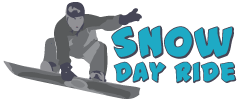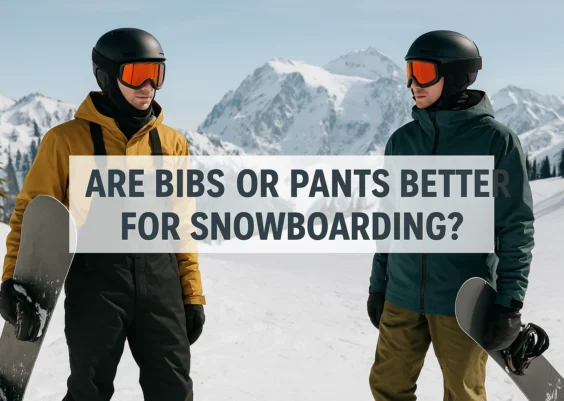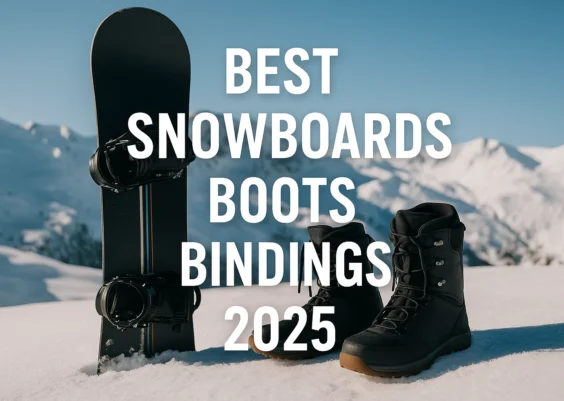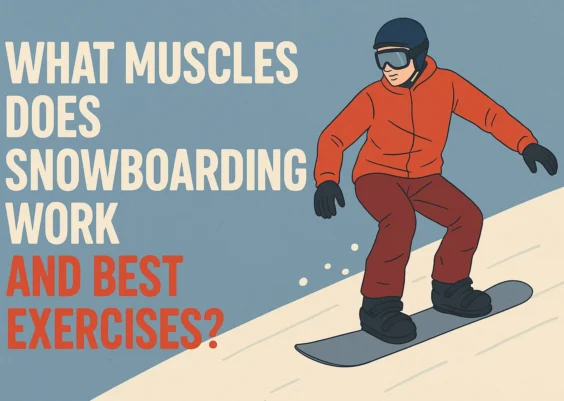Last updated on October 20th, 2025 at 11:01 am
Quick Facts
- Step On bindings clip boots directly, no straps needed.
- Park riders value tweakability and board feel over speed.
- Step On bindings limit some ankle flex in grabs.
- Impact landings can feel harsher with rigid connections.
- Quick entry helps in icy or crowded lift lines.
- Traditional strap bindings still dominate in park riding.
Are step on bindings good for park riding? This question often comes up as riders look for faster and more convenient gear options. Step On systems have changed how snowboarders think about getting in and out of their bindings, but the park brings unique demands.
Jumps, rails, and spins require flexibility, board feel, and reliable release in unpredictable conditions. Some riders praise the speed and solid connection, while others feel restricted during grabs and tweaks.
The debate isn’t just about convenience – it’s about performance where control matters most. Understanding the strengths and trade-offs of step on bindings in the park helps riders make a choice that fits their style.
Are Step On Bindings Good for Park?
What Step On Bindings Offer in the Park
Step On bindings clip your boots in with three contact points – two at the toe, one at the heel. You just step in and ride. That makes entry fast and reliable. Reviews from riders show the convenience and confidence these systems bring.
One reviewer wrote:
“I use step‑ons in the park all the time and they work great.”
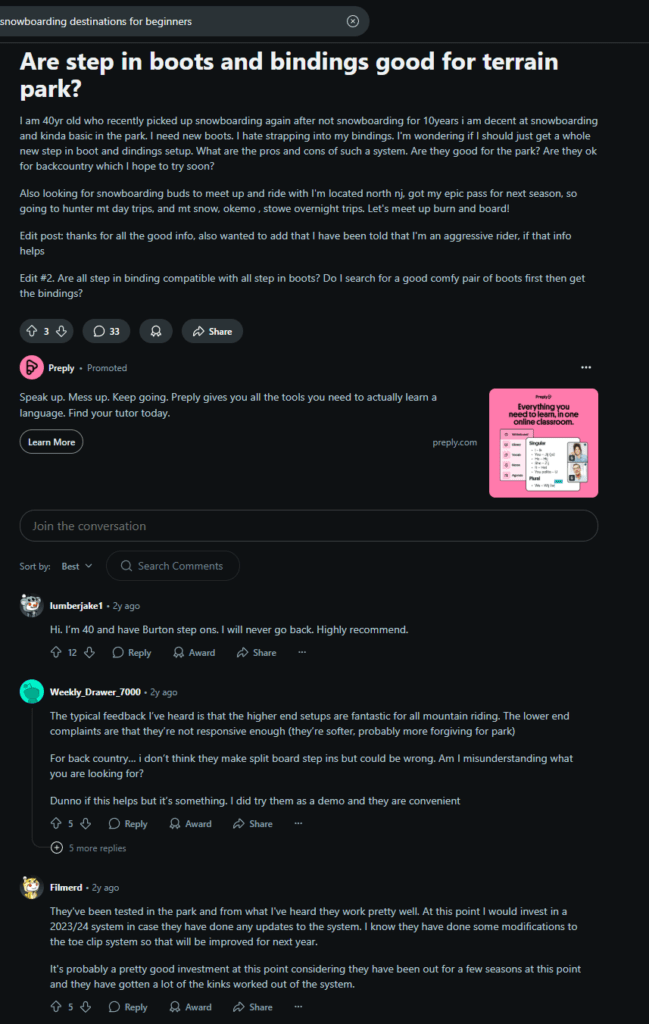
Another added:
“Even in the park, I have nothing I regret using them for.”
A manufacturer also confirms: Step On works for park riding, and team riders agree.
Still, park riding asks for flexibility, board feel, and release safety under impact. That’s where Step On may fall short for some.
Pros and Cons in the Park
| Park Criteria | Step On Strength | Step On Limitation |
|---|---|---|
| Tweakability | Easy entry and consistent fit | Firm boot-binding link limits lateral flex |
| Board feel | Direct contact can feel responsive | Some say it feels loose under hard edge use |
| Impact absorption | Strong hold over landings | Harder landings may feel sharper |
| Release reliability | Secure click system | Snow build-up can block entry/release |
| Convenience/entry speed | Very fast, even on icy slopes | Requires perfect boot fit; initial setup matters |
| Cost | Retrofit options hit a price tag | Requires boots and bindings from same system |
Safety Notes for Jumps and Rails
Park features add risk. Loose landings, off-axis impact, and awkward grabs demand bindings that release cleanly.
Some reports show the firm Step On interface can transfer force directly to the boot without dampening. That means an off-angle rail landing could stress your ankle.
Snow packing into the heel or toe clip may block entry or exit. In deep powder or slush, it might take a moment to clean snow and step in securely.
To stay safe:
- Test your Step On setup on small features first.
- Clean binding surfaces after every ride.
- Make sure your boots fit snugly. A loose fit may compromise edge control and release.
Who Should Consider Step On for Park?
Step On bindings suit mixed-ability riders who value speed and consistency, especially when riding varied terrain or doing many laps.
They work well for casual or intermediate park riders who don’t need fine-tuned tweakability or rely on extreme carving.
Hard-charging park riders focused on grabs, tweaks, and nuanced board feel may find traditional strap bindings remain more responsive and secure.
FAQs
1. Do step on bindings work well for jumps and landings in the park?
Step On bindings handle jumps and landings with a strong, locked-in feel. They keep boots firmly in place, which helps on stable landings. But harsher impacts may feel less forgiving compared to strap bindings, which often allow more flex and shock absorption under pressure.
2. Can step on bindings limit grabs and tweaks during tricks?
Yes, many riders notice less ankle mobility when trying grabs or tweaks. The fixed connection reduces lateral movement, which makes stylish tweaks harder. Beginners may not notice this right away, but advanced park riders often prefer strap bindings for maximum flexibility and expression in their tricks.
3. Are step on bindings safe to use on rails?
Step On bindings are secure on rails but carry some risks. A misaligned landing can transfer force directly to ankles or knees because the system locks tightly. Riders who spend most of their time on rails often prefer strap bindings for more natural flex and cushioning.
4. Do step on bindings get clogged with snow in the park?
Snow buildup can be an issue, especially in slush or heavy powder days. The toe and heel clips need to be clear for a secure lock. Most riders brush out snow before stepping in, but strap bindings are less affected by these conditions in the park.
5. Are step on bindings good for beginners learning park features?
They can be helpful for beginners because of the easy entry system. New riders spend less time strapping in and more time practicing. But those who plan to progress in park tricks may eventually feel the limits of step ons in terms of flex, tweakability, and board feel.
6. How do step on bindings compare in price to traditional park bindings?
Step On bindings usually cost more because you need compatible boots. Prices often run higher than entry-level strap bindings. For park riders on a budget, traditional setups are more affordable. Still, some riders justify the cost of step ons for the time saved and reliable convenience.
Final Thought
So, are step on bindings good for park riding? They can be, but only if they match your style and goals. Some riders value the quick entry more than ultimate tweakability, while others never want to give up the feel of straps. The right answer depends on what keeps you confident and progressing.
